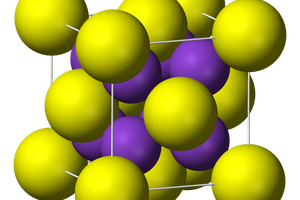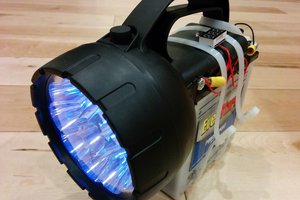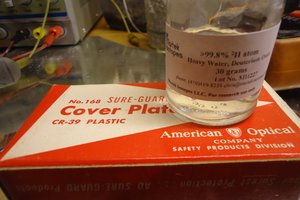If your goal is to use an LED light to help the growth of plants and organisms inside the closed terrarium, and then capture the heat produced by the ecosystem inside, there are a few things you can try.
- Use a low-wattage LED light: You can use a low-wattage LED light that provides the necessary light spectrum for plant growth without generating too much heat. The LED light should be placed close enough to the plants and organisms to provide adequate light, but not so close that it overheats the ecosystem.
- Use a thermoelectric generator: You can use a thermoelectric generator to capture the heat produced by the ecosystem inside the closed terrarium and convert it into electricity. A thermoelectric generator works by generating electricity when there is a temperature difference between two sides of a thermoelectric module. You can place one side of the thermoelectric module in contact with the warm surface of the closed terrarium and the other side in contact with a cooler surface, such as a heatsink or a water-cooling system. The temperature difference between the two surfaces will generate electricity, which can then be used to power a small device or stored in a battery.
- Use a heat exchanger: You can use a heat exchanger to capture the heat produced by the ecosystem inside the closed terrarium and transfer it to another medium, such as water or air. The heat exchanger should be placed in contact with the warm surface of the closed terrarium, and the other side should be in contact with the medium you want to heat. As the warm air inside the closed terrarium flows over the heat exchanger, it will transfer its heat to the medium, which will then circulate and provide heat to the surrounding area.
To design a closed terrarium that can generate heat and use it to warm a small object, here are some of the materials you might need:
- A closed terrarium: You will need a closed terrarium that is designed to create a self-sustaining ecosystem. The terrarium should be made of glass or other transparent material that allows sunlight to pass through.
- Plants and organisms: You will need plants and organisms that can thrive in a closed terrarium environment. Choose plants that require low light and high humidity, such as ferns, mosses, and succulents.
- LED lights: You will need LED lights that can provide the necessary light spectrum for plant growth without generating too much heat. Choose low-wattage LED lights that emit blue and red light, as these are the wavelengths that are most beneficial for plant growth.
- A heat sink or heat exchanger: You will need a heat sink or heat exchanger made of metal or other material that can absorb and distribute heat. The heat sink or heat exchanger should be placed on the surface of the closed terrarium and should be able to handle the amount of heat generated by the ecosystem inside.
- A thermoelectric generator: You will need a thermoelectric generator to capture the heat generated by the ecosystem inside the closed terrarium and convert it into electricity. Choose a thermoelectric generator that is designed for low-temperature differentials and is compatible with the amount of heat generated by the ecosystem.
- A battery: You will need a battery to store the electricity generated by the thermoelectric generator. Choose a rechargeable lithium-ion battery that can hold the amount of energy you need to heat a small object like a ceramic mug.
- A heating element or resistor: You will need a heating element or resistor that can be powered by the electricity stored in the battery. Choose a heating element or resistor that is designed for low voltage and is compatible with the amount of energy stored in the battery.
Here is a possible design for an algae terrarium that could generate enough heat to charge a battery:
Materials:
- Glass container (e.g. a large jar or aquarium)
- Algae culture (such as spirulina or chlorella)
- LED lights (blue and red wavelengths)
- Thermoelectric generator or heat exchanger
- Battery (rechargeable lithium-ion)...
 Theresa
Theresa
 MECHANICUS
MECHANICUS
 bryan.lowder
bryan.lowder
 David Thomas
David Thomas